Different Types of Concrete Forms
What are Concrete Forms?
Have you ever looked at a piece of architecture or a landscaping feature and thought, “Wow, that’s incredible?” That “wow factor” you’re referring to is all thanks to concrete forms.
Construction crews use concrete forms for many different reasons and concrete forms are made from many different materials. In this blog, the concrete form professionals at Trihill will go over the various types of forms and what projects they are best suited for.
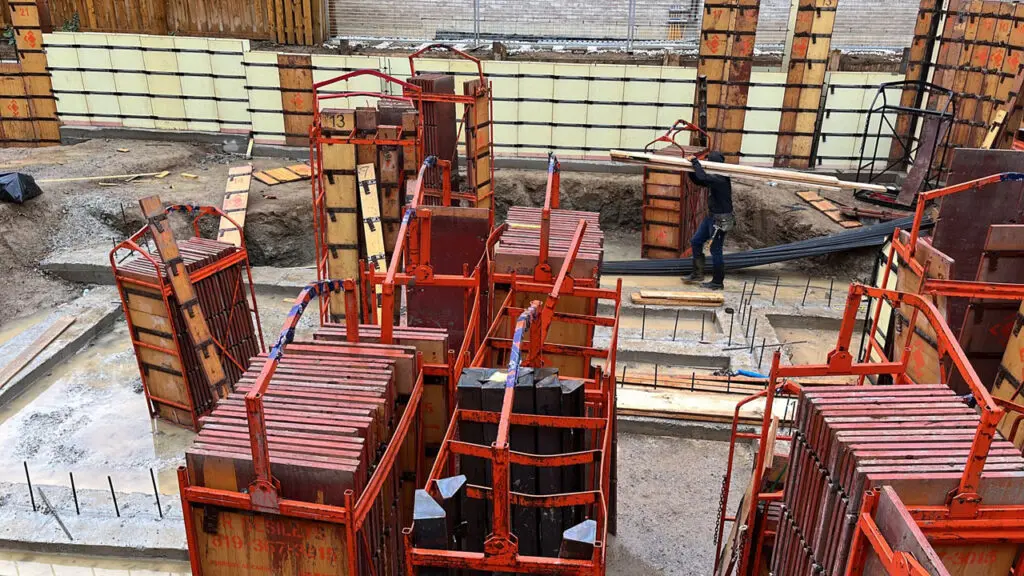
Wooden Forms
Considered the most conventional and basic variation of the concrete form, wooden forms are rarely used for projects more than 6 inches in height. In this form, wooden boards are fastened together in the desired shape, usually for a driveway, patio or pool deck.
Concrete technicians use advanced levelling tools to add a proper slope or ensure absolute flatness. Wooden forms are also very sustainable, with the ability to be used many times over if the proper lubricants are applied to the frame before the pour.
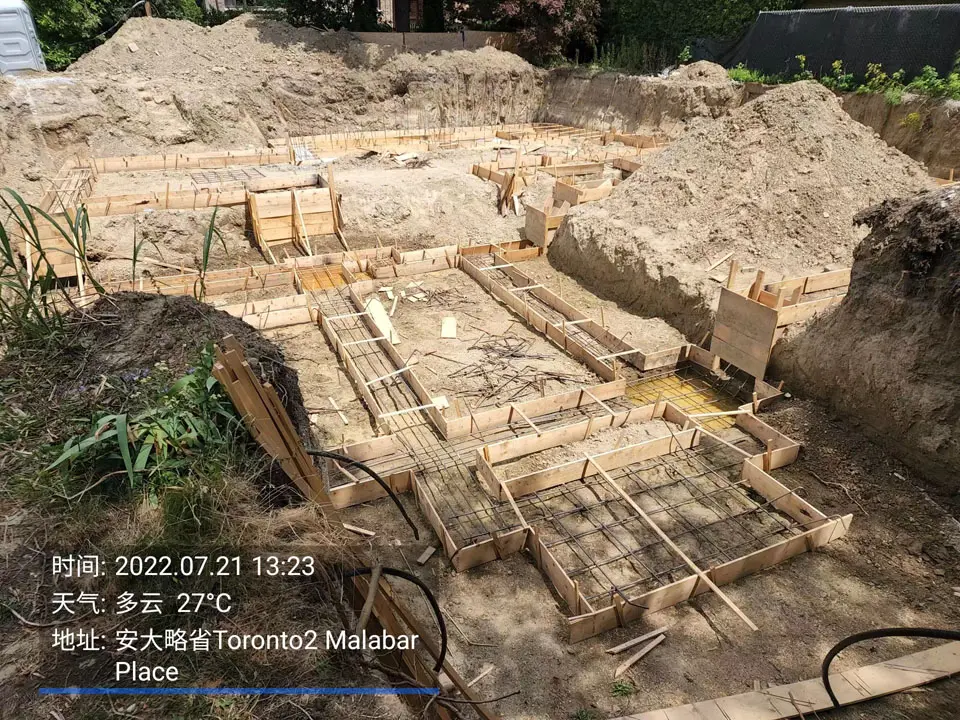
Insulated Concrete Forms
Insulated concrete forms, sometimes referred to as ICFs, are essentially blocks composed of materials used for insulation. These building blocks are often used in the construction of foundations, acting as the outline for walls in the basement of a home or business.
The forms are not removed from the structure, they remain part of the final pour once the concrete dries. Because of its insulating properties, this concrete form is among the best choices a consumer can make when considering energy efficiency.
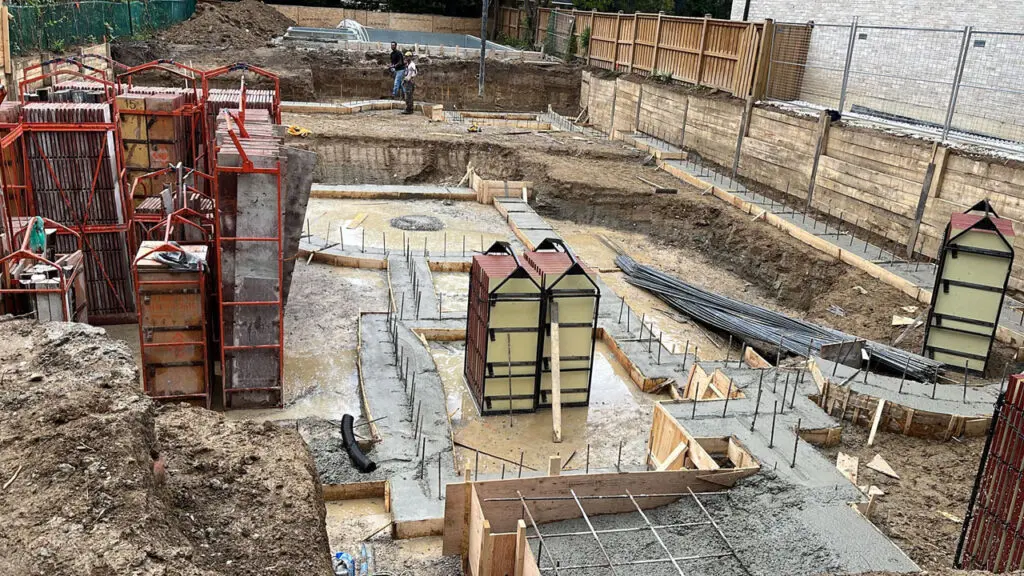
Foam Concrete Forms
This is another popular type of concrete form that provides proper insulation as well. And this form makes being creative a little easier.
Made from the laminated board, melamine or acrylic glass, these types of forms provide an elevated look to the final product.
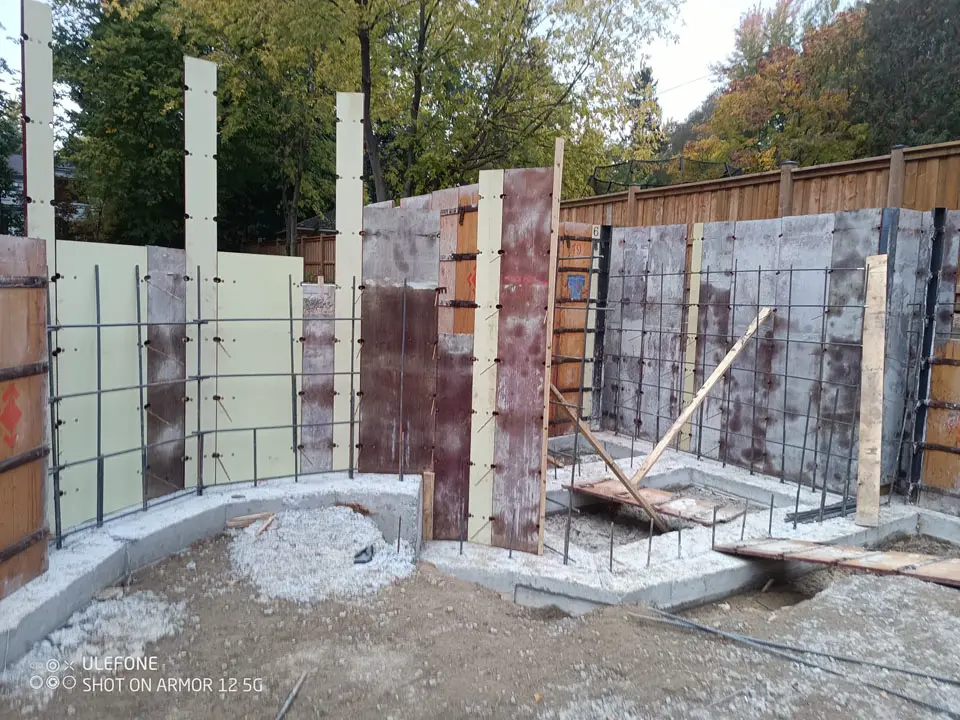
Concrete Wall forms
For big, straightforward projects, there are prefabricated forms you can use to create large walls. Whether they are made completely from steel, or wood with a little bit of steel framing, these forms are used to hold the concrete in place until it dries.
You can pick up your concrete wall form in a variety of shapes, heights and widths. There are also companies who will build a custom-sized concrete wall form for you, depending on your needs for the project.
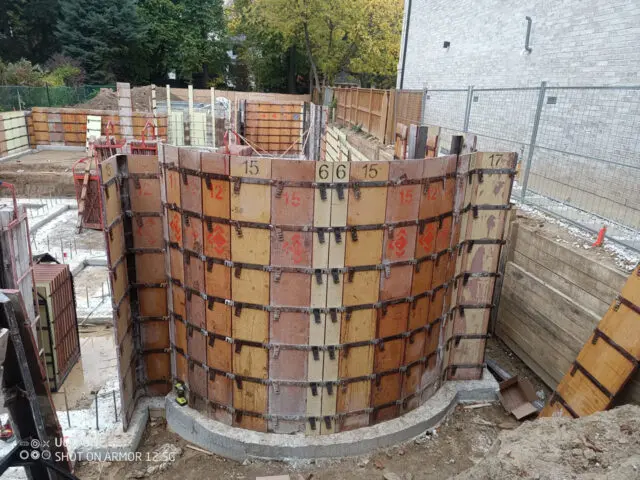
Steel Forms
Steel forms are the ultimate form when it comes to reusability. If maintained properly, steel forms can be used again — up to 2,000 times. So if you’re in the business of concrete pours, the steel form might be your best choice.
Steel forms also increase the pourer’s accuracy, as steel does not soak up moisture leading to unintended errors during the curing process.
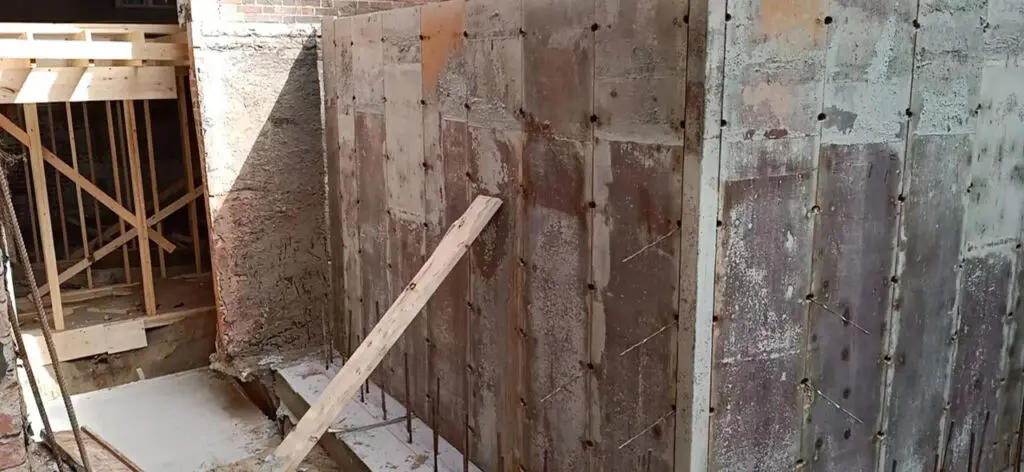
Contact Us
Do you need high quality concrete wall forms or assistance with concrete form building? The experts at Trihill can help. Concrete forming is our business and we make sure our clients are provided premium products, finished projects, and unparalleled customer service.
If you’re ready to get a free quote before you start a concrete building project, contact Trihill today to book your consultation.

